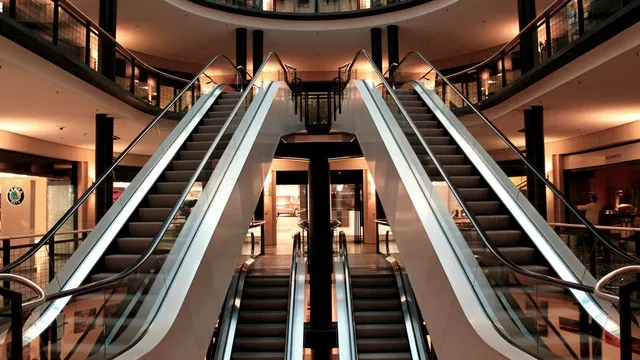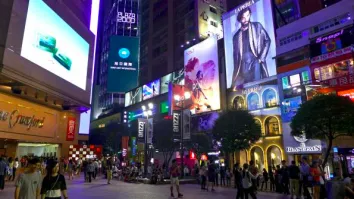
Why Kuala Lumpur malls experienced low occupancy rates in recent years
Intensified competition and oversupply are some of the key factors.
In a recent report, Savills said the average occupancy rate of retail malls in Greater KL exhibited a declining trend from 2013 to 2019, primarily due to a mismatch between demand and supply dynamics.
“This trend was further exacerbated in 2020 to 2021, marked by a substantial decrease in occupancy rates, attributed to the effects of pandemic-induced lockdowns and subsequent retailer closures. However, a recovery began in 2023, with a gradual improvement leading to an average occupancy rate of 80.4% in Q1/2024,” the report added.
Here’s more from Savills:
The pandemic also disrupted construction schedules, resulting in delays in completing several malls, thereby impeding the supply of retail spaces. This delay, in turn, has been advantageous for newer malls such as Pavilion Bukit Jalil, LaLaport Bukit Bintang City Centre and Tropicana Gardens Mall, which have witnessed a gradual increase in their occupancy rates. While new malls typically opened with high occupancy rates in the past, intensified competition and oversupply have led to lower initial occupancy rates in recent years.
Despite these challenges, established megamalls such as Pavilion KL, Suria KLCC, One Utama, Sunway Pyramid and IOI City Mall have maintained high occupancy rates above 85%. This can be attributed to their strategic locations in densely populated areas and diverse tenant mixes. Regional and neighbourhood malls are also showing signs of improved occupancy rates in the post-pandemic period.



















 Advertise
Advertise







